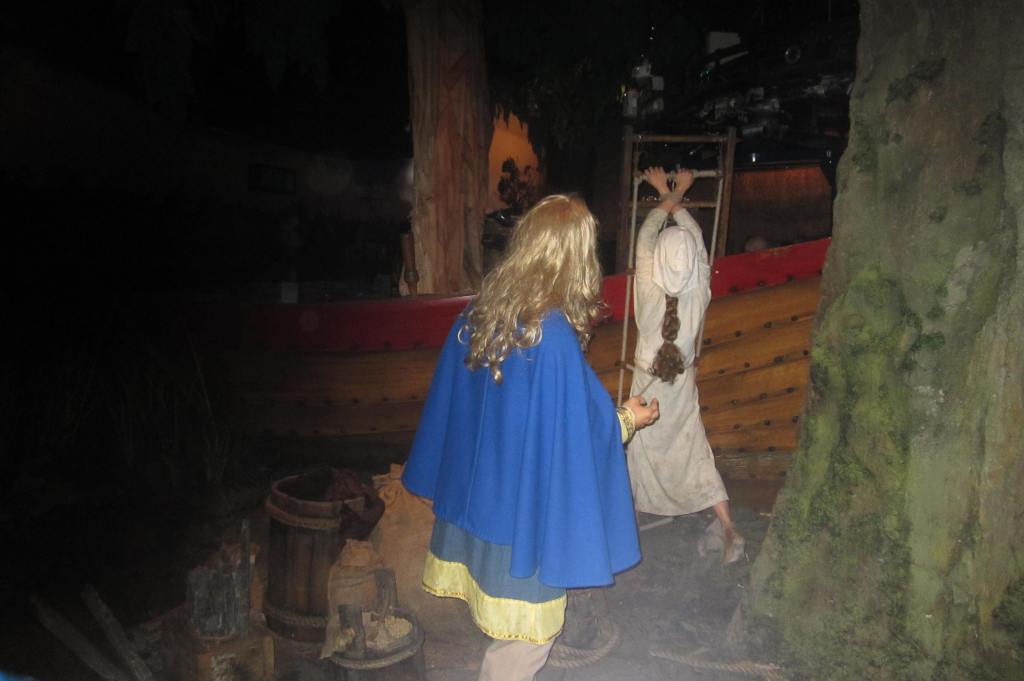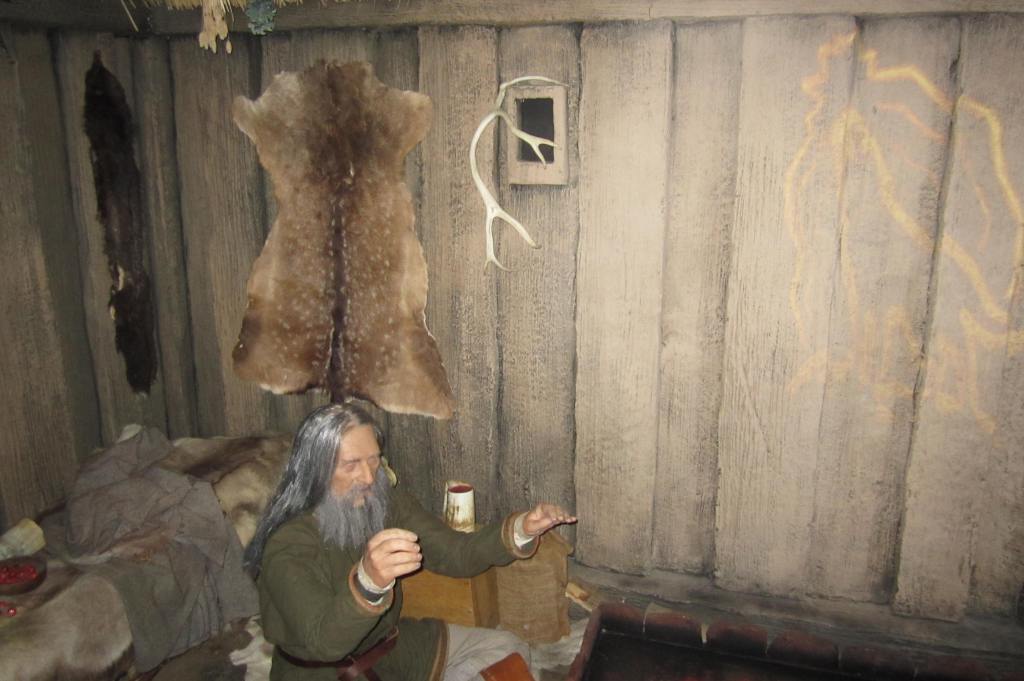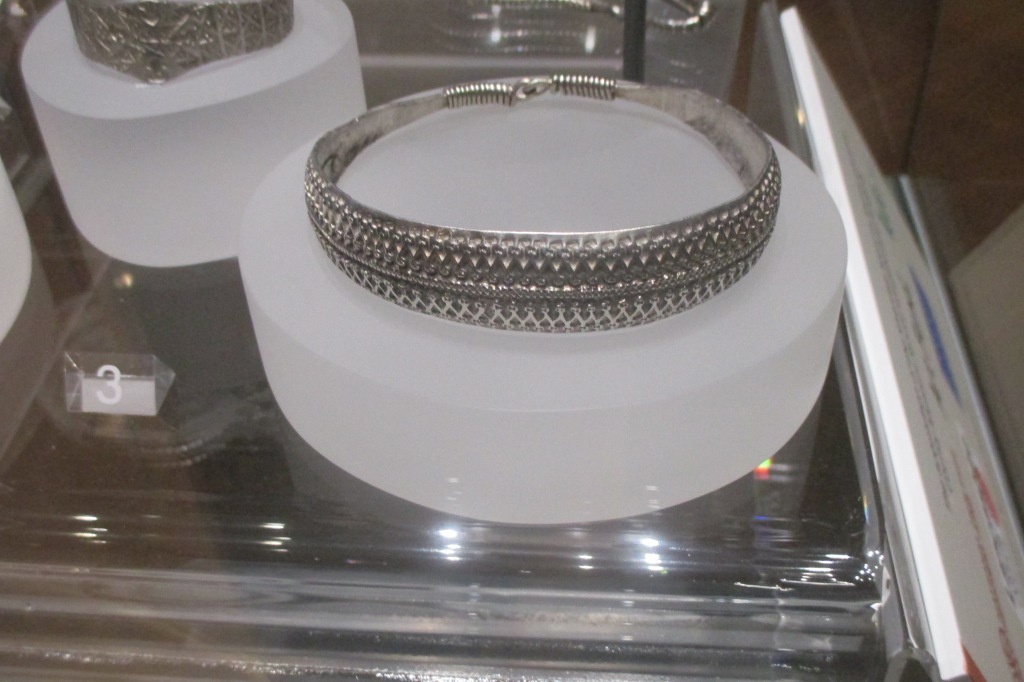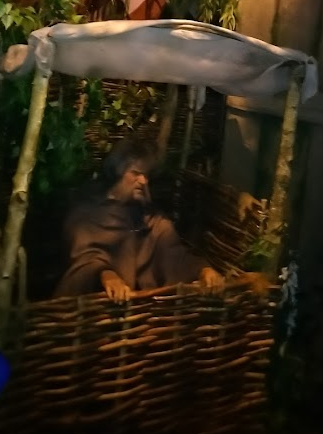/ DONNAGAWELL / EDIT
by Donna Gawell
Ancestry.com recently reconfigured my DNA. Finally, my record, DNA, and ethnicity match up. I should be about 25% Swedish and 25% English but Ancestry says 37% of my ethnicity is Scandanavian. How did the English part get shorted?
The answer is obvious: I am descended from those famous marauders, explorers, traders, and colonizers who transformed northern Europe between 750 and 1100. They are better known as the Vikings!

To learn more about my Viking roots in England, I visited the town of York in England which is now home to Jorvik, the Viking Center. Jorvik is on the site of the Coppergate dig, an archeological excavation by York Archaeological Trust. Part of it is a museum, but mostly Jorvik is an experience.
Visitors walk down a set of stairs, nine meters underground to where the Viking street level once was. Like in ancient middle Eastern regions, years of debris and rubbish caused the ground level to rise. The Viking village remained buried and preserved due to the waterlogged soil. The remains of two houses are protected for viewing under a glass floor. Time cars then transport visitors around a detailed reconstruction of the city in the year AD 960 based on the evidence found in the dig.
Visitors are greeted by a Viking chieftain. Note the vibrant red color of his clothing. The Vikings were skilled at dyeing fabric.

The first Vikings to arrive in England came from Scandanavia. Their mastery of shipbuilding was the key to their success with vessels shallow enough to navigate rivers and estuaries, yet strong and flexible enough to cross the open sea. They launched surprise summertime attacks on coastal and riverside settlements and could escape quickly with their plunder.
York was a busy and populated trading center. It was formerly the capital of the independent Anglo-Saxon kingdom of Northumbria and was captured by a Viking army in AD 866. Under Viking rule, competing kings ruled until 927 when a new kingdom emerged: England. Eric Bloodaxe, the last independent Viking ruler of Northumbria was expelled in 954.
The English kings delegated control of the city to local earls and made sure York’s archbishop was friendly to their cause. Archbishop Oscytel, himself a man with Viking blood, was a useful agent to promote loyalty among those with Viking heritage.
In AD 960, the people of York lived in relative peace and prosperity and produce goods for import and domestic use. Some traveled from overseas to work and live in the city.


This recreation of a blacksmith’s house shows the older style of building with walls of wattle and daub. It has one story, with a clay floor, and a small, rectangular hearth.


Here, a local woman carrying her baby seeks to purchase fresh vegetables. As the Vikings traveled, they adapted aspects of the cultures they encountered.



The skeletal remains of some of these ancient people like Leoba were examined during the archaeological process. One man named Mord, who the site introduces as a leatherworker, had painfully clawed hands due to suffering from “Viking Disease”. Now known as Dupuytren’s contracture, this hand deformity occurs when the tissue under the palm of the hand begins to knot. This problem causes the fingers to become bent.

Christianity struggled as the Vikings held onto their heroes or monsters of pagan mythology alongside their new religion. Residents of Yorvik offered prayers at sacred wells, stones, or trees and sacrificed animals to unclean spirits. The photo below shows a pagan priest practicing white or black magic. Pre-Christian stories were discovered in York, including the story of Sigurðr the dragon-slayer. This legend was found on a grave slab in the Viking age cemetery excavated below York Minster and was previously passed on through oral storytelling.
Skalds composed poems in praise of their patrons. More than 5,500 skaldic verses have survived and are preserved in more than 700 manuscripts. One medieval saga preserves a single example of a poem composed in York for a performance a the court of King Eric Bloodaxe. Some of these performances may have been set to music with panpipes, flutes made of bird bones, bagpipes, or a lyre.
The Voluspa is an Old Norse poem describing the creation of the word and its coming destruction at an event known as Ragnarok. It is said this poem was first spoken by a volva, shaman, or prophetess to the god Odin.

Based on the archaeology and historical documents, Christianity came to Jorvik earlier than first suspected. Some of York’s Anglo-Saxon churches vanished from the historical record during the Viking period. York Minister, established in AD 627, seems to have declined during the Viking period. However, several Viking rulers, from Guthfrith to Sweyn Forkbeard, who died in AD 1014, are buried in York Minster.





A variety of combs were found in the archaeological site.

You might not guess what this man is up to, but this is a recreation of a latrine. He appears to be in some distress. I was surprised this scene seemed to be a favorite on the gift shop items.
Jorvik is a wonderful experience for those who seek a more complete understanding of English history. It is open seven days a week and staffed by informative and friendly historical interpreters.
York can be easily reached by a two-hour train ride from London’s Kings Cross station. The city of York is distinctive because it is one of the few cities wise enough to resist tearing down its ancient town walls for the railroads during the Industrial Revolution. The train station is located just outside the town walls.
